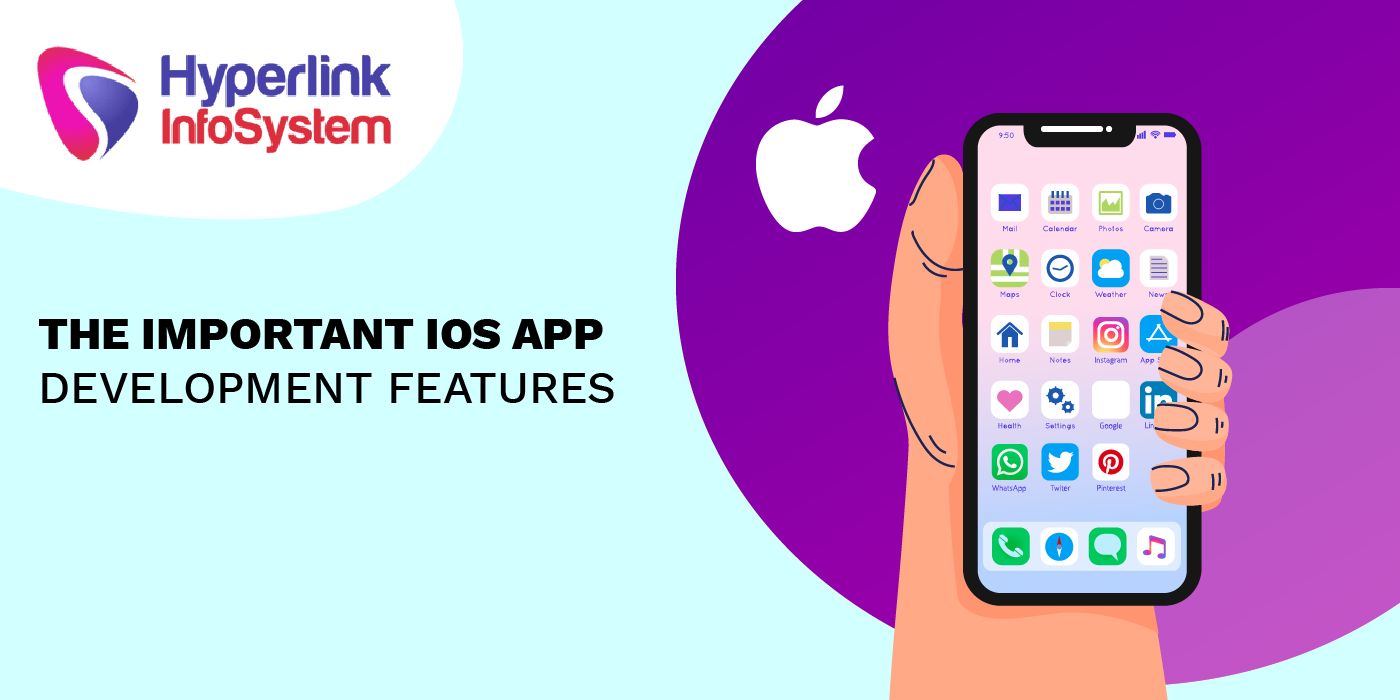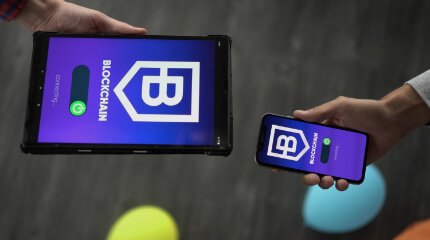The
iOS operating system was released by Apple in 2007. Until 2019, both iPhone and iPad functioned on it, but now it has changed - for iPad developed their own OS. In this article, we will talk about the features of the platform and the development of mobile applications, specifically for iPhones.
iOS mobile app specifics
The first and main distinguishing feature of iOS applications is that the fleet of devices is much smaller than the number of smartphones on Android. This means that adapting the appearance of a mobile application to current iPhones on the market should be easier.
At the same time, with the release of each new device and updating the operating system, the vast majority of mobile applications need to be adapted to new conditions. App Store statistics show that iPhone users are willing to upgrade to the latest OS version. Therefore, applications must meet its requirements, for example, to support the dark theme presented in devices in 2019.
The screens of modern iOS devices have a good resolution. This allows you to use thin fonts: they are not distorted, as is the case with low-quality displays. Also, the device architecture of the same type eliminates the need for additional checks when starting the application: there is no need to check for the presence of a camera, GPS sensor, or accelerometer.
iOS development features
And yet, despite the fact that the base of devices on the iOS platform is much smaller than on Android, there are a lot of nuances of development.
Screen Sizes
It is necessary to take into account not only the size of the screen, which is important when designing the application design, but also the hardware differences of each device. Using the features of a smartphone can greatly increase user loyalty, which will lead to the rating of the application in the store.
App developers can develop iOS apps natively - this is writing a program in the base language for the iOS platform - Swift. Apple strongly recommends using native technologies to make the application as fast, intuitive, and use the latest features of the operating system.
Code update
Accordingly, the code needs to be kept up to date, while Apple does not provide a complete list of all the innovations in advance, giving access only to beta versions with incomplete functionality, the implementation of which may differ in the end. Therefore, within a few weeks after the release of the final version of the new OS, you need to test the mobile application and quickly adapt it to new conditions, if necessary.
The addition of new features in the latest versions can be attributed to the same topic, since progress does not stand still, and Apple is trying to be in the trend, introducing top-level inventions of the technology world into its product. For example, in iOS 13, it became possible to forget about entering various applications by phone number or account on the social network, not to mention the long-forgotten username and password: now you can just click the “sign in with
Apple ID” button and without filling out anything superfluous, in the app. Moreover, the user can choose the option to hide his Apple ID, and no one will get access to his email.
This nuance is important to consider in a marketing strategy since the collection of such data for their further use is a frequent practice in promoting applications. You can send an email to a pseudo-address generated by Apple for a user through a specialized channel, but mass mailings will not work like this, at least until popular mailing services provide this feature.
Design
Apple has always had a visual component in priority, so the user audience is used to stylish interfaces, intuitive application controls, and an obvious partition layout. Moreover, there is a strict guideline that you must adhere to in order to successfully pass the verification of publication of the application in the App Store.
Sometimes when creating a new product, mobile app developers make as many unique icons, buttons, and fonts as possible, while the requirements of the platform are the opposite. But the most important thing here is the user experience.
Another feature of the development of mobile applications for iOS is the implementation of the dynamic size of the system font. iOS device users can change the default font size of the entire OS. If your application does not change the font dynamically and displays it all the time in a fixed size, it will be perceived as a low-quality product in this segment of the audience.
Compatibility
When designing, it is also important to consider that some users open the application in compatibility mode on tablets. On some iPad models, the resolution of the workspace becomes the same as on older iPhone models: 4 and 4s. Apple’s application verification service often does just that: even iPhone-only apps are tested on the iPad.
This means that you need to consider the layout of the application interface on a screen size of 960 × 640 pixels, and not just on the iPhone 6 and above. Many elements may overlap and text may not be correctly transferred, etc.

























